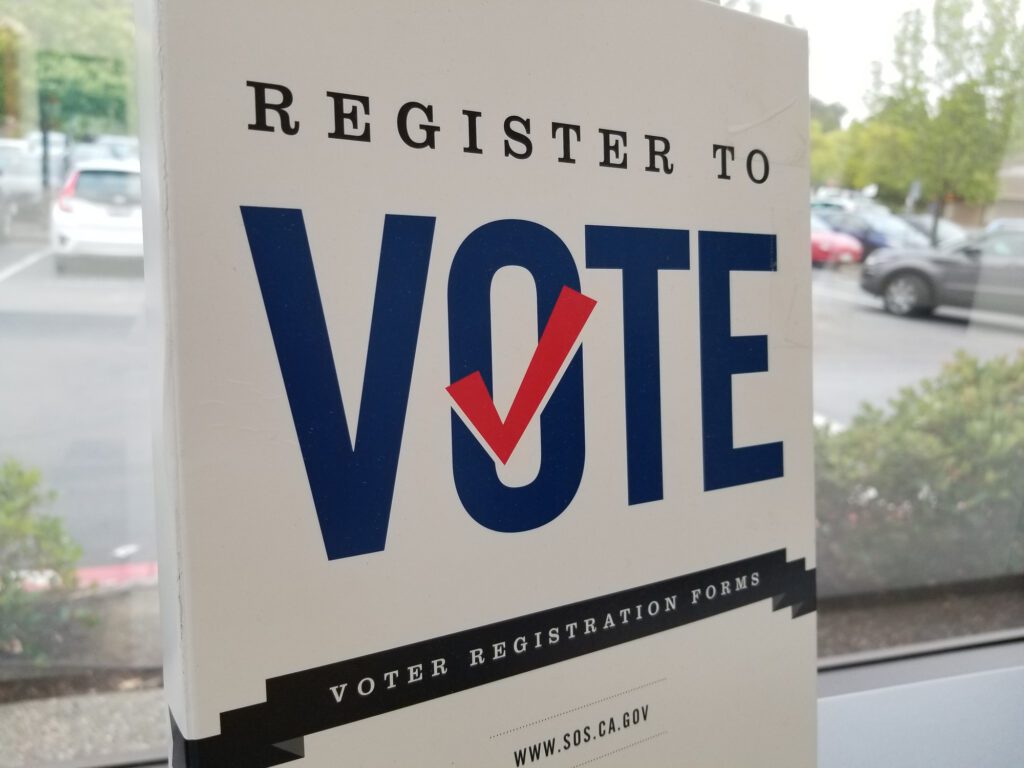Solving for the Non-Participating Voter
Digital strategist Tatenda Musapatike, who’s worked at Facebook and ACRONYM, founded the Voter Formation Project to increase political participation from under-represented communities. Her focus this year: municipal elections in Texas and state-level races in Virginia.

In many elections, the sad truth is that the largest voting bloc is non-voters. But is the difference between a reliable voter and a non-voter simply the fact that they haven’t been asked, or told how or why to participate?
It’s a question that most campaigns don’t have the time or resources to answer. But it’s one Tatenda Musapatike hopes to solve for with her new 501(c)(3). The digital consultant, who’s had stints at Facebook and ACRONYM, recently founded the non-partisan Voter Formation Project to try to increase participation, particularly from under-represented communities. Now, she’s using the same digital tools she helped progressive campaigns and groups wield in past elections, except without the partisan push.
“The goal is representative democracy,” she said. “It is not my job to persuade people to vote for a political party or not. If I can get people to participate in the process, I’ve done my job.”
It sounds simple enough: Getting more voters to cast a ballot. Many practitioners on the left think expanding the electorate primarily helps their cause because of their belief voters on the sidelines are more aligned with progressives. Musapatike said the fundamental problem is that many campaigns and groups are locked into the same tactical playbook, partly out of fear of failure.
“It’s hard to take risks on certain types of campaigns if you don’t know the outcomes and you are beholden to the structure where you need to produce the results in order to run the campaigns,” Musapatike said. “[Reaching out to non-voters is] hard and expensive because we don’t have enough resources and we don’t have enough organizations who are thinking about how we can move the needle tactically.”
Armed with a $2-million budget, she’s now looking to increase participation among Latinas in Texas municipal elections and African-American men in state-level races in Virginia. She’ll be using online advertising and organic digital outreach. It’s an effort that fills a gap in the market, according to Musapatike.
“We don’t do that middle of the [marketing] funnel work to convince people that voting is good. We just come in in the last month and tell people to vote,” she said. “We aren’t treating non-voters as full, rational human beings that require more than a month of intervention.”
In addition to the ad campaign, VFP is also conducting digital strategy trainings to groups of organizations in-state. The trainings are needed, Musapatike said, because many voting access or voting advocacy organizations have limited budgets. Moreover, “there’s no real place for those folks to go to learn more about digital unless it’s from a vendor or from a platform,” she added.
VFP will also release white papers on the findings from its advertising efforts, which will offer a deep dive on the impact of its digital ads on non-participating voters.
In her previous work, Musapatike said, “I just became frustrated with what I [saw] as a lack of innovation in how we’re designing programs and how we think about measuring programs. Measuring turnout and registration, we need to do that work, but it’s not the full story.
“We are only reporting out on the minimum possible result and not necessarily the full impact of your programming.”
Musapatike’s organization is still in startup mode, but she’s launched it at an opportune time. The increased focus on changes to states’ voting laws has made her pitch easier to potential backers, she said: “Seeing the flurry of voter suppression laws that are being passed that are intended to limit the number of voters of color makes the case easier. People get it.”
But from a programming point, it’s getting harder. Not only will VFP have to convince non-voters to participate, but it will also have to educate them on an evolving process.
“It just takes more steps, and it frankly takes more money to do,” she said. “There’s certainly a high number of folks who just need the proper intervention to convince them to participate in the process.”
